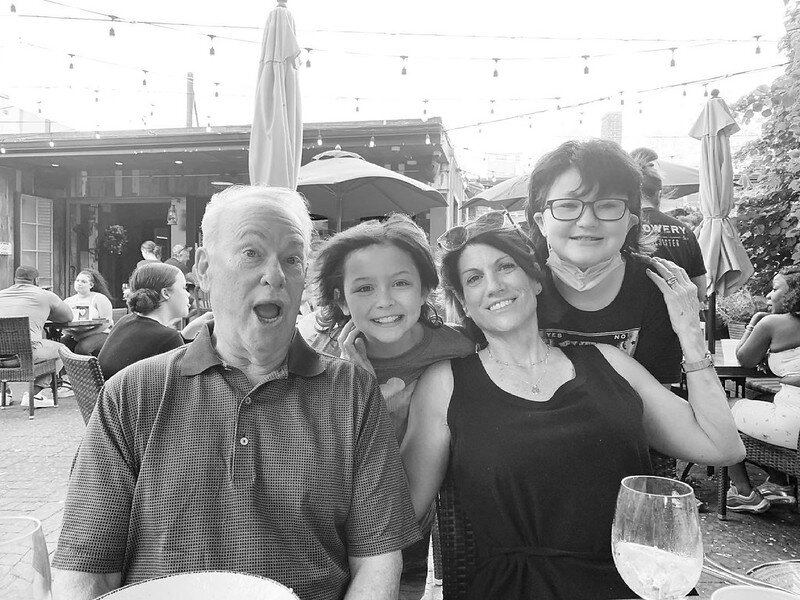These Come Back to Me
/I imagine my children think of me as this present iteration only, the woman who checks to see if the toothbrushes in the holder are wet, who is ever skeptical that the offspring are lying about having brushed their teeth. My children are like most in that they cannot fathom their parents as their slippery age, or in their wobbly legs. Even though there is evidence that I was not born into the 40 year-old body of a woman obsessed with flossing (and the other hygiene habits of her offspring). Even though I tell them about times I was young and very wide-eyed and sort of dumb, they think probably as I once did, that our parents may have once been younger, but they were essentially the same people, just in shorter containers or less bald.
What does it benefit a child to know that their parent was once as incompletely formed as they are now? I suppose it matters because when we make mistakes, we need grace from each other and for ourselves. We need to remind one another how far we’ve come, and that no one has simply arrived like an Amazon package, shrink-wrapped and cushioned in a bubble envelope, ready to be plugged in and operated.
Lately I am starting to move from a place of parenting for the present season —checking in on homework and monitoring manners —and parenting more for The Launch. I want to parent with goals in mind, both in order to coexist with these humans for the next few years, and to prepare people who will someday not live with me (where they inhale an entire box of ice cream sandwiches in four minutes flat). Sometimes I dream of this sweet hereafter in which my children text me not from the other room (with an incomprehensible meme) but from art school or med school or maybe the school of hard knocks in which they reveal to me an eternal truth that I imparted to them in some clumsy moment I no longer remember, but that rings true to what they glimpse from their hilltop or valley. I will be humbled and grateful and I will celebrate with a gluten-free ice cream sandwich.
My dad and stepmom visited last weekend after 14 months of us all not being able to see one another. We were talking about plans for camp for the kids, and my dad said how glad he was that we had not left him for two months at a time when we were younger. How strange the ache of children leaving you is, such that during the years in which they are attached to you like barnacles, you can also feel so very much alone. And then, in my own experience, the years my own parents probably thought I would be with them for a few years, I made every effort to divide that pie into unequal slices with jobs and friends and all the extra curriculars I could cram into a young life.
Parents say that we thought there would be more time—and, though delusional, we really think this. We think there will be more time to get things right, to rehearse the consequences talk and see if it lands us in a soft, amicable place. We think there will be more time to say the things we want to say and to take the kids to the places we dreamed of taking them. All this presumes our children will wax strong and remain healthy.
What I long to hear is from parents who were not able to parent their children for as long as they expected. If they were deluded once to think there would be more time—surely they were forced to awaken to the cruel truth that time is a thief. I want to know what the bereaved parents, the estranged, the separated, the parents of the lost and trafficked and comatose children believe now. What can they tell me about the gift of knowing only what we know and nothing more? What can they tell me about the teeth we think need brushing?



